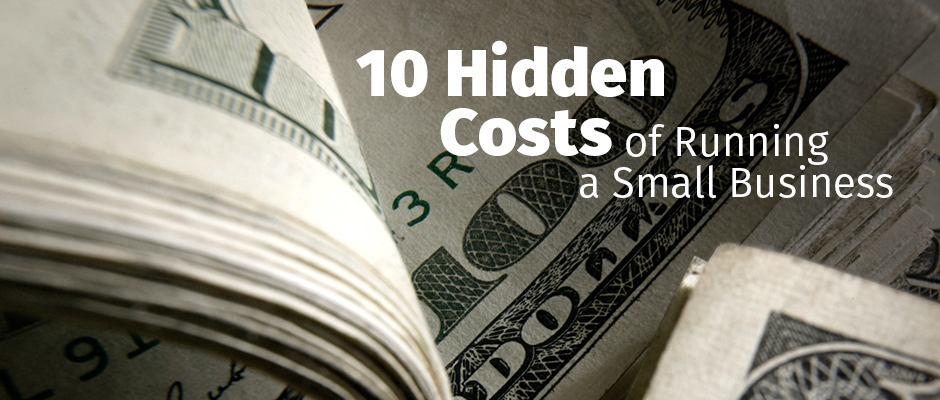


HIDDEN BUSINESS SERIES
Where do bad decisions come from? Mostly from distortions and biases-a whole series of mental flaws-that sabotage our reasoning. New product development, mergers and acquisitions, executive hirings-bad decisions about any of these can ruin your company and your career. Making business decisions is your most crucial job-and your riskiest. The authors describe what managers can do to ensure that their important business decisions are sound and reliable. But executives can also take other simple steps to protect themselves and their organizations from these mental lapses. The best way to avoid all the traps is awareness–forewarned is forearmed. And the recallability trap prompts us to give undue weight to recent, dramatic events. The prudence trap leads us to be overcautious when we make estimates about uncertain events. The overconfidence trap makes us overestimate the accuracy of our forecasts. The framing trap occurs when we misstate a problem, undermining the entire decision-making process. The confirming-evidence trap leads us to seek out information supporting an existing predilection and to discount opposing information. The sunk-cost trap inclines us to perpetuate the mistakes of the past. The status quo trap biases us toward maintaining the current situation–even when better alternatives exist. The anchoring trap leads us to give disproportionate weight to the first information we receive. In this article, first published in 1998, John Hammond, Ralph Keeney, and Howard Raiffa examine eight psychological traps that can affect the way we make business decisions. The way the human brain works can sabotage the choices we make.

But sometimes the fault lies not in the decision-making process but rather in the mind of the decision maker. Bad decisions can often be traced back to the way the decisions were made–the alternatives were not clearly defined, the right information was not collected, the costs and benefits were not accurately weighed.


 0 kommentar(er)
0 kommentar(er)
